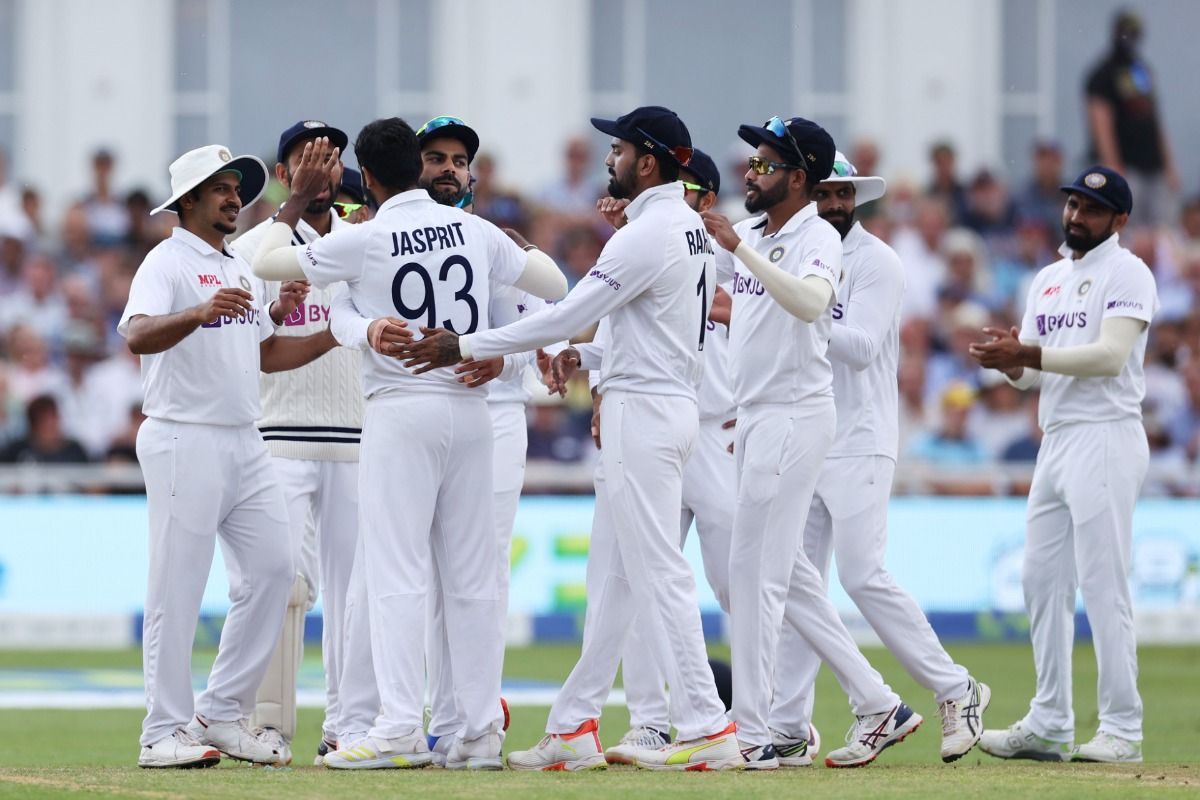The Lord’s cricket Test was, unarguably, the best advertisement for the longest format of the game. The events that unfolded on all five days were unpredictable, thrilling and masterly. Unpredictable because even when the Test was 10 overs short of conclusion there were still possibilities of two outcomes: a victory or a draw. Thrilling due to the manner in which Indian tailenders swung their bats and the match in favour of India. And masterly because spectators witnessed some top-quality batting from Rohit Sharma, KL Rahul, Joe Root and Ajinkya Rahane. Now, would anyone dare say that Test matches are boring and irrelevant in today’s time? The match at Lord’s can be used as a fine example to demonstrate that Test is the ultimate format in cricket and it will remain so forever, come what may. In the end, India won the match, third-ever at Lord’s, as they owned some crucial moments in the game. Let us look into the factors that scripted a well-earned victory for India.
Reasons Why India Emerged as the King of the Lord’s?
Impressive Stand Between Rohit & Rahul

Test cricket is all about building partnerships, especially the ones involving openers. For India, both Rahul (129) and Rohit (83) stitched together a valuable opening stand of 126 runs, which paved the way for a formidable first-innings total. Both the openers faced some testing spells from James Anderson, Sam Curran, Mark Wood etc but showed exemplary patience and technique to keep the English attack at bay. This alliance put India in the right position to seize the full initiative in the Test match, but eventually, they were forced to content themselves with a decent enough 373. All said and done, the partnership was vital to India’s fortunes in the match as the bowlers got sufficient space to flex their muscles at the English batsmen.
Bowlers Hunting in Packs

Indian bowlers have been performing exceptionally well for some time in Test matches, especially abroad. They carried the form to England as well and everyone from Jasprit Bumrah, Ishant Sharma, Mohammed Shami to Mohammed Siraj bowled their hearts out even when England’s batsmen were building threatening partnerships in the match and the captain Joe was taking roots, literally, in the first innings. They reserved their best for the second innings as all the bowlers attacked fiercely in tandem and annihilated England for 120. None of the bowlers got a fifer but complemented each other very well by constantly keeping the English batsmen under the pump.
Rahane-Pujara Century Stand in the Second Essay

In the second innings, India were under tremendous pressure after losing three wickets for 55 runs, including the wicket of Virat Kohli. The match could have gone away from the grip of India had it not been for the century stand of Ajinkya Rahane and Cheteshwar Pujara. The duo was battling poor forms coming into the match and there were even constant murmurs about dropping them from the squad. However, they were unfazed and put in a 100 run partnership the only way they are known for: shorn of any wild celebration or gesture. This stand was as significant as the opening stand of 126 in the first essay because English bowlers were breathing fire and going hammer and tongs at the duo. The outcome of the match could have been radically different devoid of the partnership between Pujara and Rahane.
Pyrotechnics of Shami & Bumrah

This episode will haunt the England team for a long time to come. Two tailenders having batting averages in single digits took the English bowlers to the cleaners and strengthened the prospect of an India victory. At 209/8 match was evenly poised and England were expected to polish off the tail quickly. However, in a shocking display by Anderson and company, the bowlers kept peppering both the batsmen with short-pitched deliveries and helped the batsmen to freeze their arms to put up a quickfire 99 runs partnership for the ninth wicket. This audacious display of power hitting by Bumrah and Shami swung the match dramatically away from England as the latter had no option but to play for a draw from thereon.



















